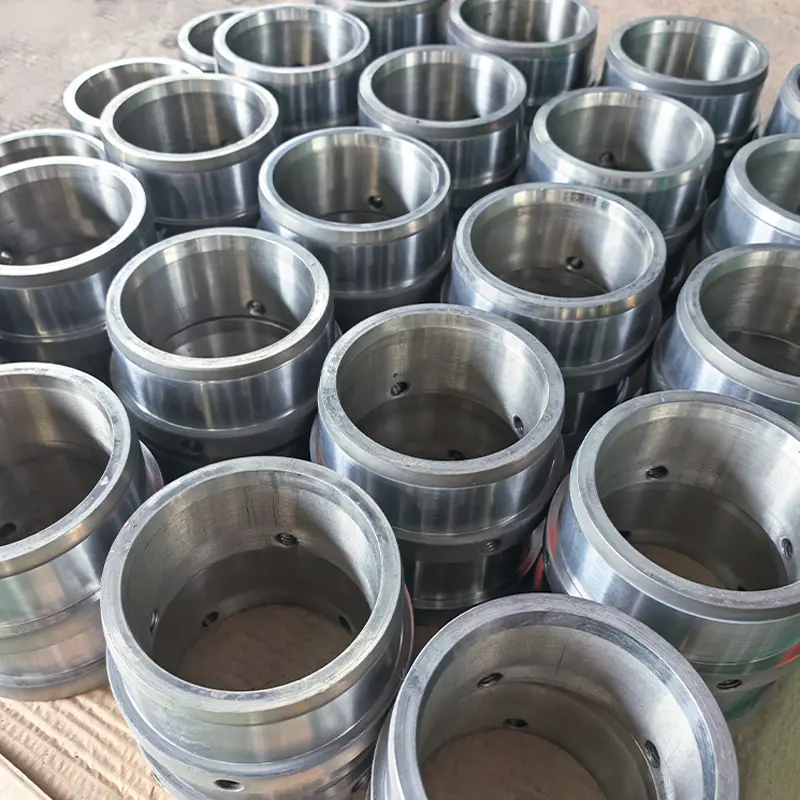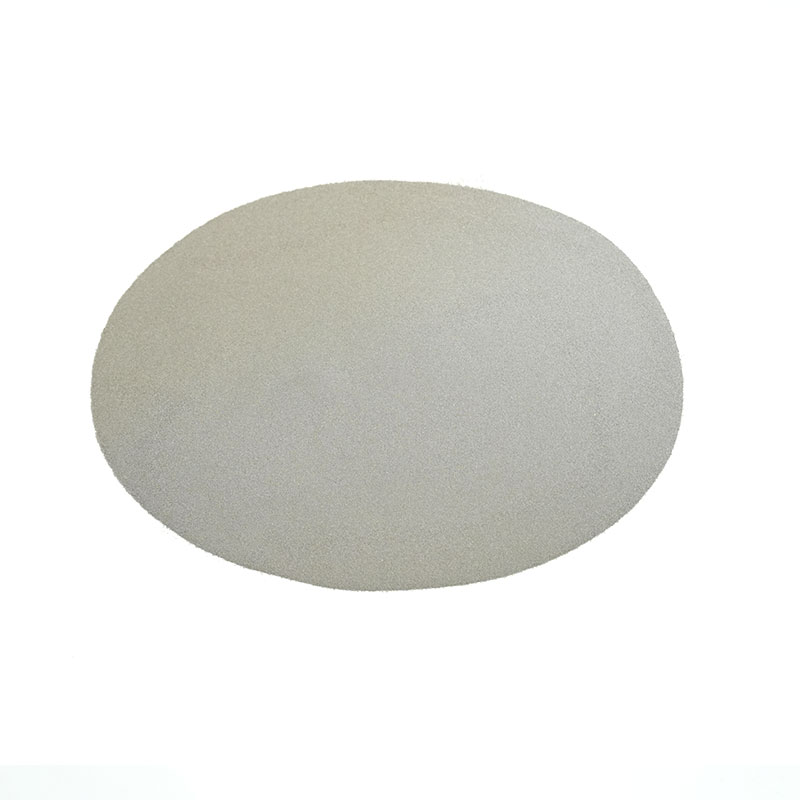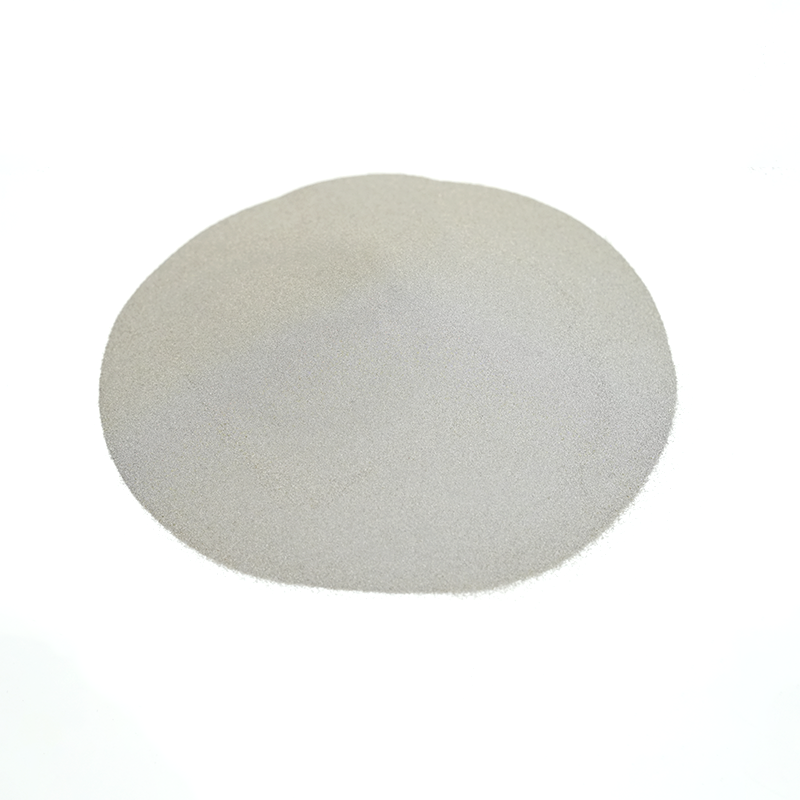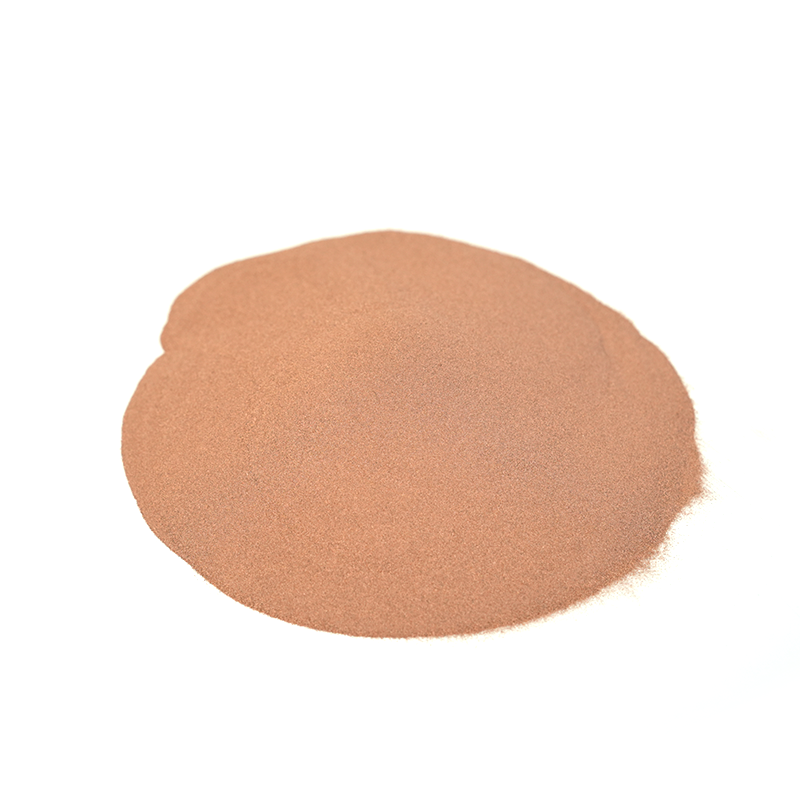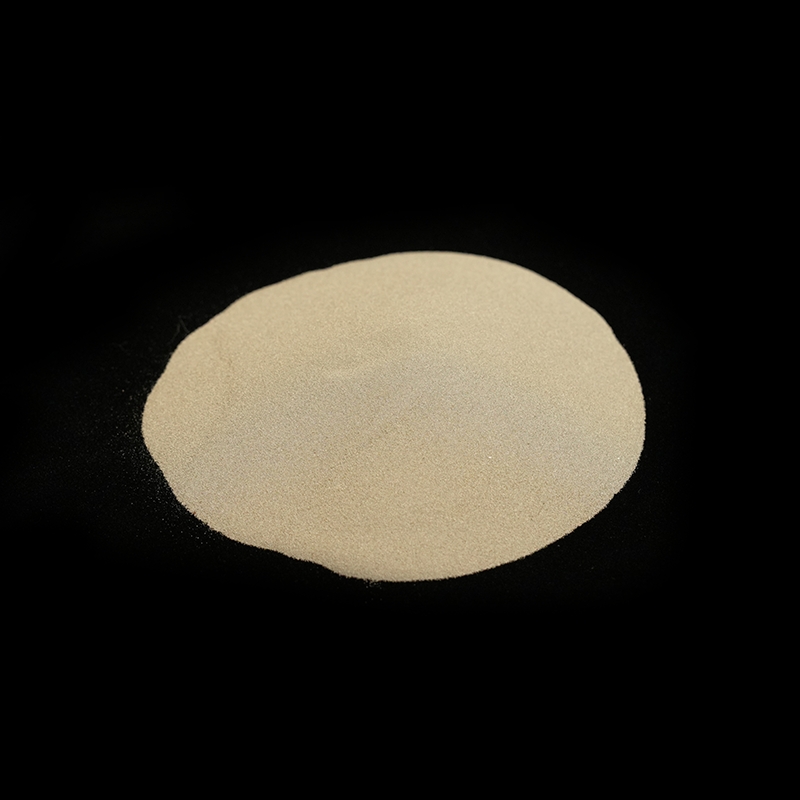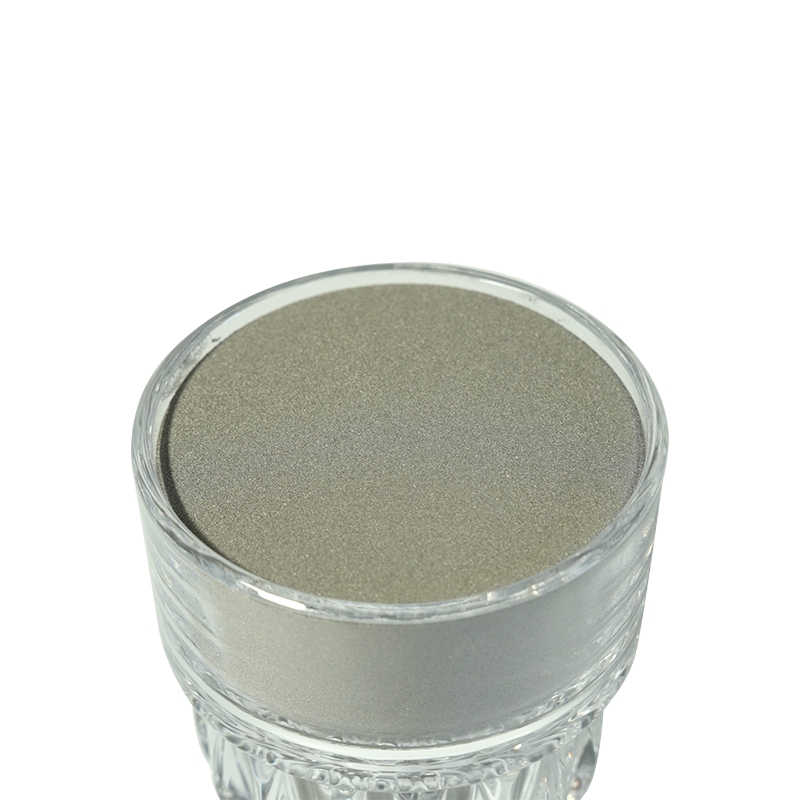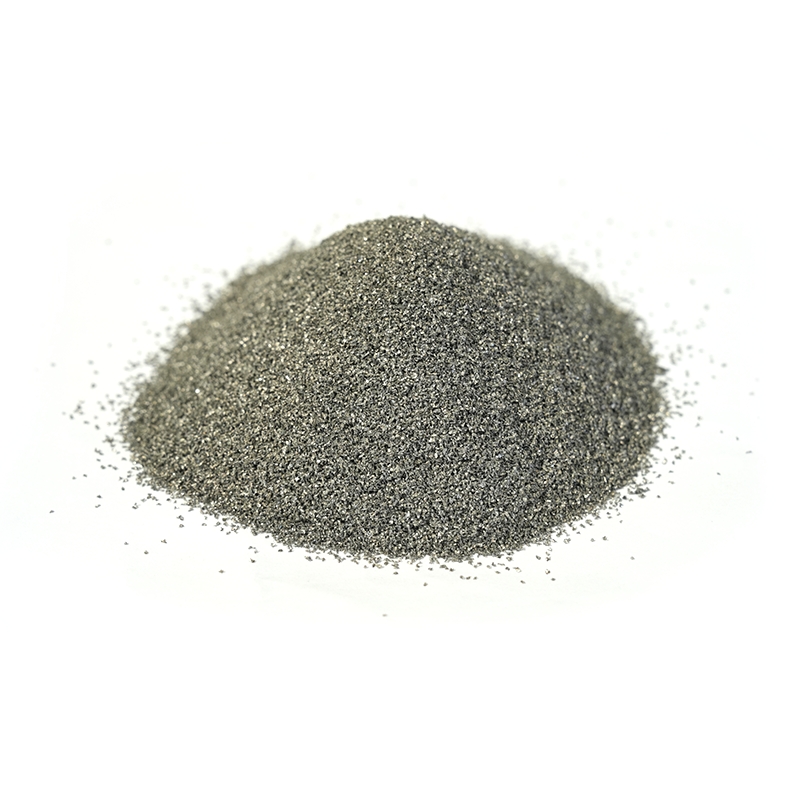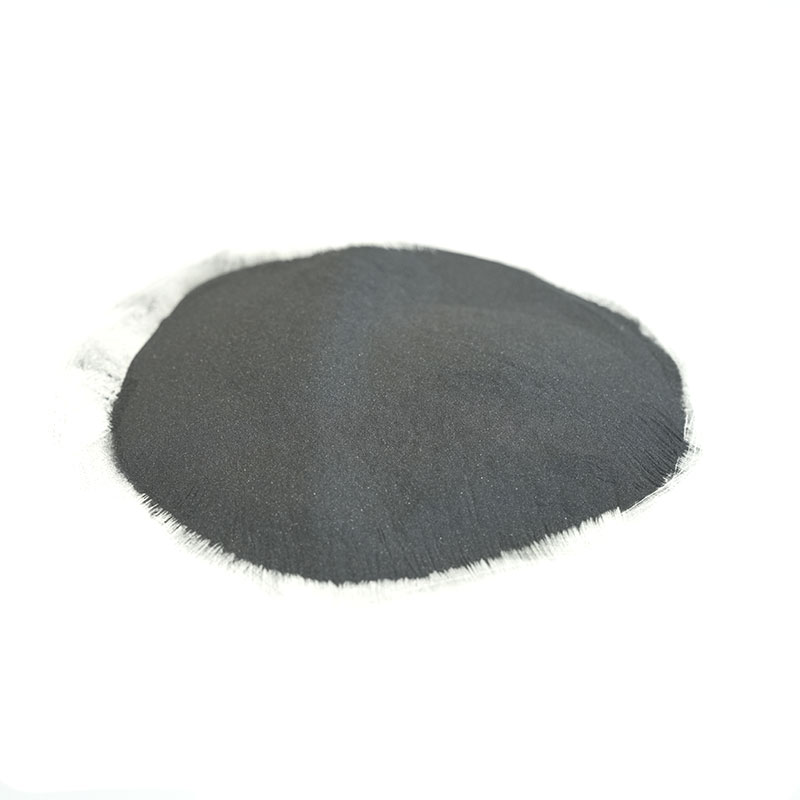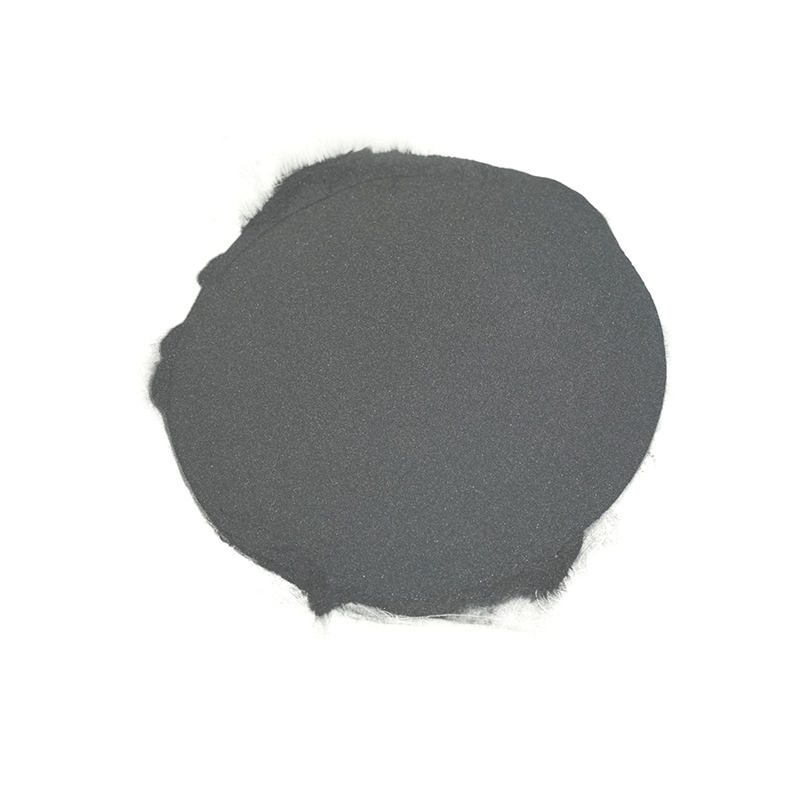Powder alloy refers to a metallic material composed of two or more elements that are blended together in powder form. Unlike traditional alloys which are formed by melting and casting, powder alloys are created through powder metallurgy (PM), a manufacturing process that involves compacting and sintering fine metallic powders. This distinct approach offers unique advantages in terms of material properties, design flexibility, and manufacturing efficiency.
How are Powder Alloys Made? The Powder Metallurgy Process
The creation of powder alloys involves several key steps:
-
Powder Production: The primary step is the production of the constituent metal powders. Various methods are employed, including:
-
Atomization: Molten metal is broken into fine droplets by a gas or liquid jet, which then solidify into powder particles. This is a common method for producing spherical or irregular powders.
-
Chemical Reduction: Metal oxides are chemically reduced to their metallic powder form.
-
Electrolysis: Metal powders are deposited from an electrolytic solution.
-
Mechanical Alloying: High-energy ball milling is used to repeatedly fracture and cold-weld powder particles, leading to a homogeneous distribution of elements even if they are immiscible in the liquid state.
-
-
Powder Blending: The different elemental powders are carefully mixed in precise proportions to achieve the desired alloy composition. Binders, lubricants, or other additives may be incorporated at this stage to improve compactibility and facilitate subsequent processing.
-
Compaction: The blended powder is then pressed into a desired shape, known as a "green compact," using high pressure in a die. This step provides the compact with sufficient strength for handling. Techniques include:
-
Die Compaction: The most common method, where powder is pressed in a rigid die.
-
Isostatic Pressing (CIP/HIP): Powder is subjected to pressure from all directions, either at room temperature (Cold Isostatic Pressing) or elevated temperatures (Hot Isostatic Pressing). HIP is particularly effective for achieving high-density, near-net-shape components with superior properties.
-
-
Sintering: The green compact is heated in a controlled atmosphere (often inert or reducing) to a temperature below the melting point of the primary constituent. During sintering, particles bond together through atomic diffusion, leading to increased strength, density, and a reduction in porosity. The carefully controlled atmosphere prevents oxidation and decarburization.
-
Secondary Operations (Optional): Depending on the desired properties and application, further processing steps may be employed:
-
Sizing/Coining: For improved dimensional accuracy.
-
Infiltration: Introducing a lower melting point metal into the pores of the sintered part for enhanced properties.
-
Heat Treatment: For modifying mechanical properties (e.g., hardening, tempering).
-
Machining: For achieving final dimensions or features, although one of the benefits of PM is often near-net-shape manufacturing, minimizing machining.
-
Key Advantages and Characteristics of Powder Alloys
Powder alloys, and the PM process, offer a compelling set of benefits:
-
Tailored Properties: PM allows for precise control over the alloy composition and microstructure, enabling the creation of materials with unique combinations of properties that are difficult or impossible to achieve through conventional melting and casting. This includes specific magnetic, electrical, thermal, or wear-resistant characteristics.
-
Net-Shape or Near-Net-Shape Manufacturing: Complex geometries can be produced with high dimensional accuracy, significantly reducing or eliminating the need for costly machining operations. This leads to material savings and reduced manufacturing time.
-
Material Utilization: The PM process is highly efficient, with very little material waste compared to subtractive manufacturing methods.
-
Porous Materials: PM can deliberately create components with controlled porosity, which is crucial for applications like filters, self-lubricating bearings, and biomedical implants.
-
Combination of Immiscible Materials: Mechanical alloying, a PM technique, can combine elements that are not miscible in their liquid state, opening up possibilities for novel material compositions.
-
High-Performance Materials: Powder alloys are often used for high-performance applications where traditional alloys might fall short, such as in aerospace, automotive, and medical industries.
Applications of Powder Alloys
The versatility of powder alloys has led to their widespread use across numerous industries:
-
Automotive: Gears, connecting rods, valve guides, cam lobes, and various structural components benefit from the cost-effectiveness and performance of PM parts.
-
Aerospace: High-strength, lightweight components for aircraft engines and structural parts are increasingly made from powder alloys, especially superalloys and titanium alloys.
-
Medical: Implants such as hip and knee replacements, surgical instruments, and porous materials for bone ingrowth are manufactured using PM due to its biocompatibility and ability to create specific porous structures.
-
Electrical and Electronic: Soft magnetic materials for motors and transformers, electrical contacts, and heat sinks.
-
Tools and Dies: High-speed steel tools, cemented carbides, and wear-resistant components.
-
Consumer Goods: Components in appliances, power tools, and sporting equipment.


 English
English русский
русский عربى
عربى